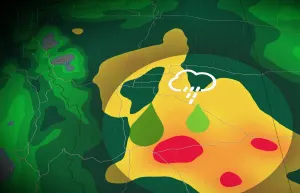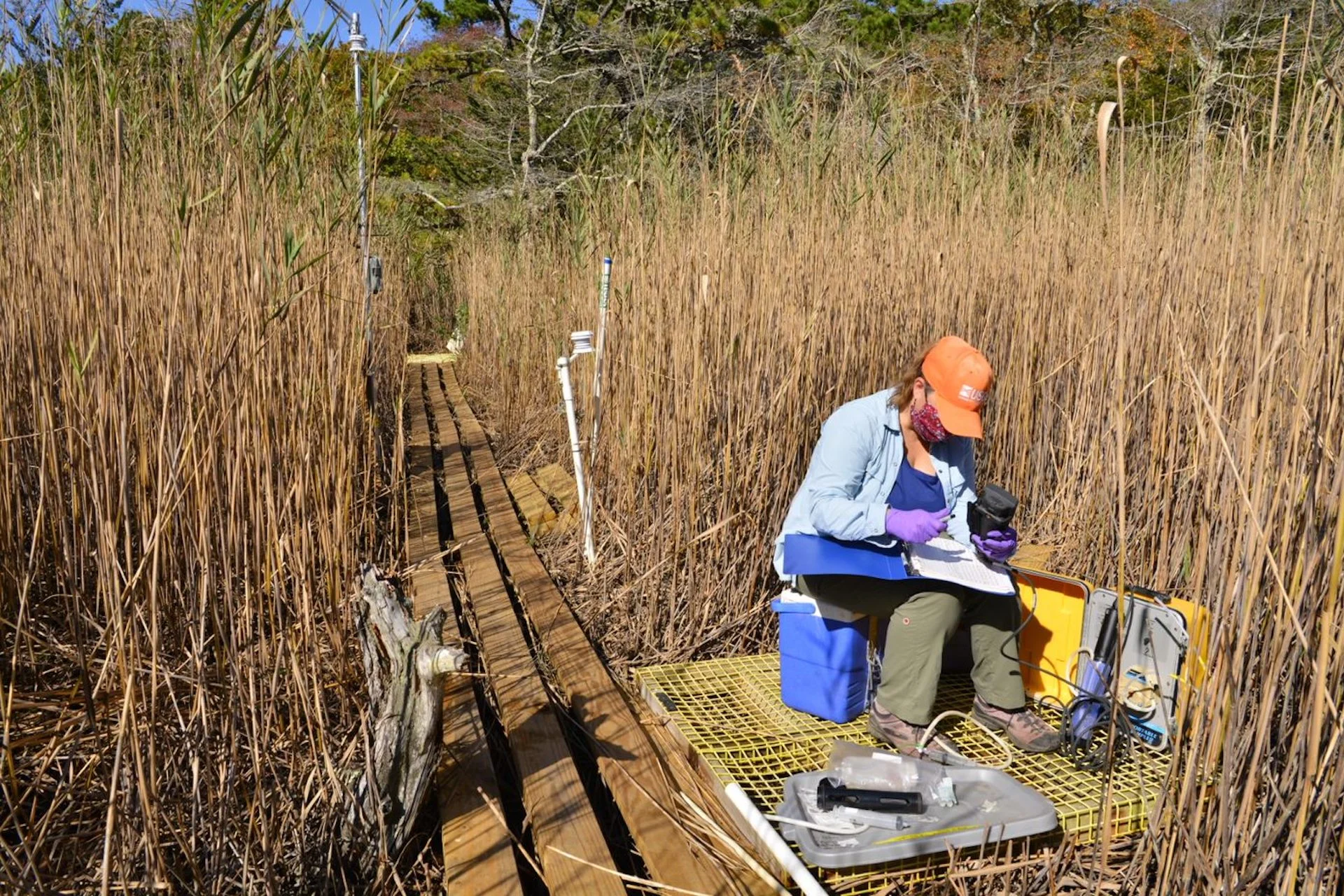
Answer to high ocean acidity may lie in carbon transfer from wetlands
The rise in carbon dioxide levels in our atmosphere is also helping to acidify our oceans even further, resulting in more dire consequences for aquatic ecosystems and the planet. But, our wetlands may have the solution
Scientists are looking for solutions to remove greenhouse gases trapped in our atmosphere, and one idea may lie in the wetlands.
Stopping fossil fuel emissions will not be enough to limit global warming to a 1.5°C to 2°C rise during this century, according to Kevin Kroeger, United States Geological Survey (USGS) research chemist.
SEE ALSO: Ancient marine extinctions reveal dangers of current ocean acidification
Similar to how plants in wetlands and other landscapes work, oceans ingest carbon dioxide from the atmosphere directly, like a sponge, and that form of carbon is acidic. While that process can regulate the amount of CO2 in Earth's atmosphere, the oceans then bear the brunt of the effects. The result sees significant and negative impacts on coral reefs, shellfish and other aquatic species.
Not every type of carbon is acidic, however. Some of it that transitions from wetlands to oceans is in the form of bicarbonate, which can help offset acidity, according to the USGS.
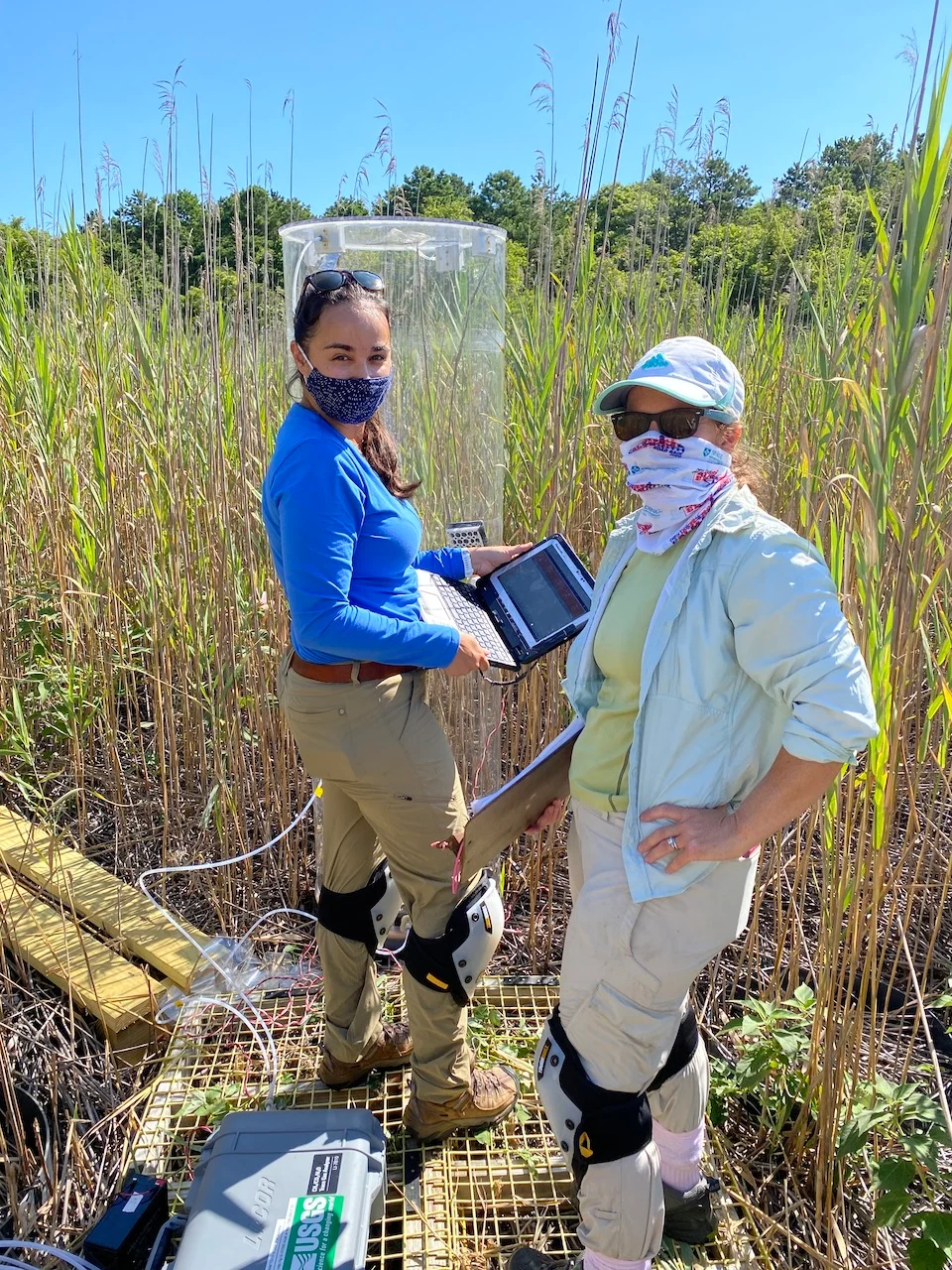
(USGS)
"We've been looking at coastal wetlands, salt marshes, mangroves and the carbon cycling in those ecosystems as one opportunity for removing greenhouse gases from the atmosphere," Kroeger said in a recent interview with The Weather Network.
Scientists want to find out how carbon from wetlands can counteract ocean acidification
The USGS wants to examine how the movement of carbon in wetlands can help neutralize ocean acidification, which is worsened by the rising levels of carbon dioxide in the atmosphere. Kroeger is the lead scientist on the project.
Looking at a long-term time period, over millions of years, the oceans regulated climate to a "significant degree" through a process called rock weathering, he said.
It involved naturally occurring carbon dioxide in the atmosphere, prior to the combustion of fossil fuels, reacting with rainwater. When carbon dioxide mixes into water, it forms carbonic acid.
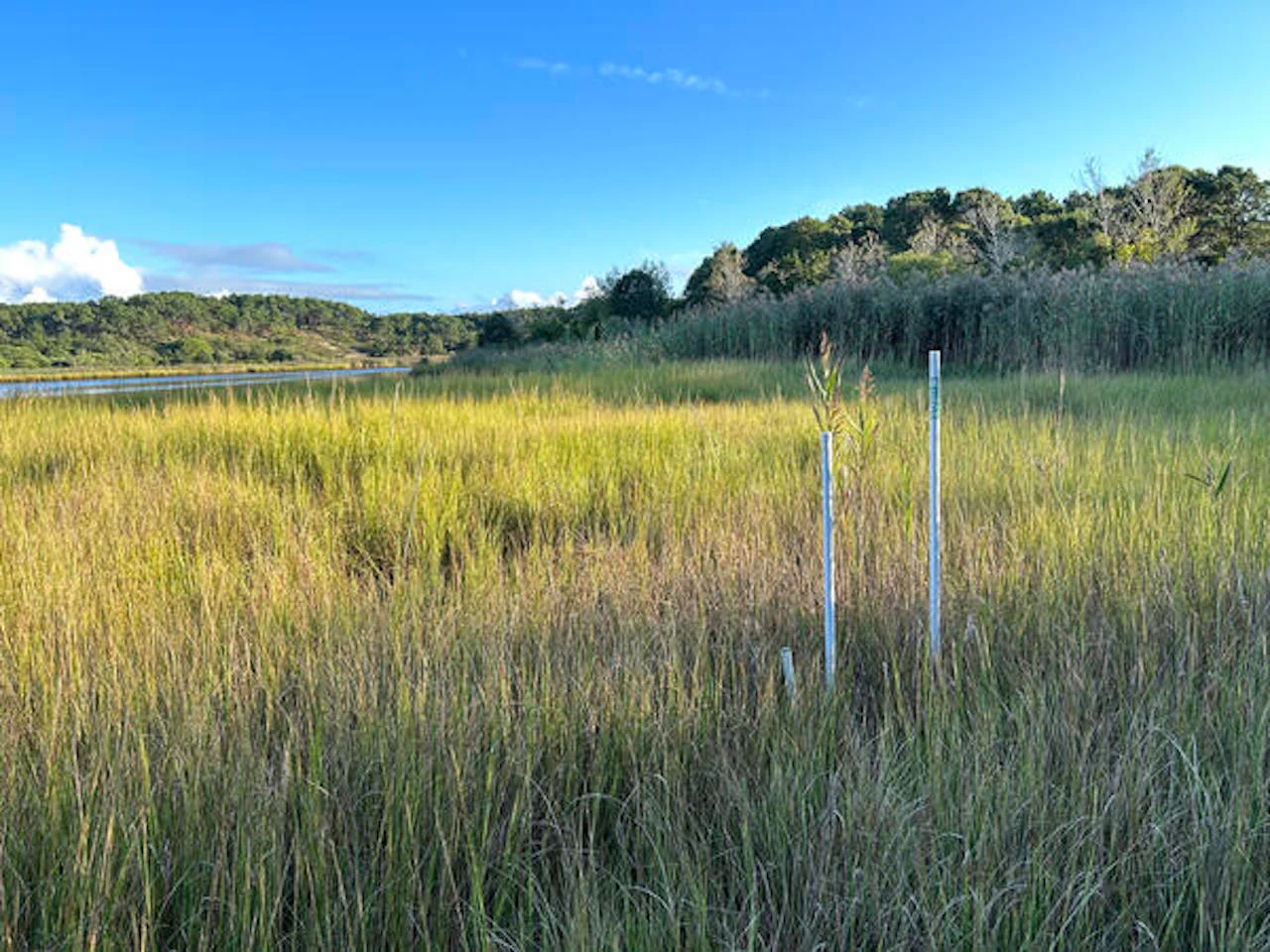
(USGS)
"When that carbonic acid then reacts with certain rocks in the Earth's crust, these are called ultrabasic rocks or ultramafic rocks," said Kroeger.
In essence, carbon dioxide has been removed from the atmosphere and is transformed into a basic form of carbon –– an alkaline type of it called bicarbonate –– which gets exported to the ocean for long-term residency, he explained.
"There's just continuous removal of carbon dioxide from the atmosphere and storage as an alkaline form of carbon in the ocean. So, that's the natural process," said Kroeger.
“If we have a net export of bicarbonate to the ocean, then we're likely to have long-term carbon sequestration from the atmosphere."
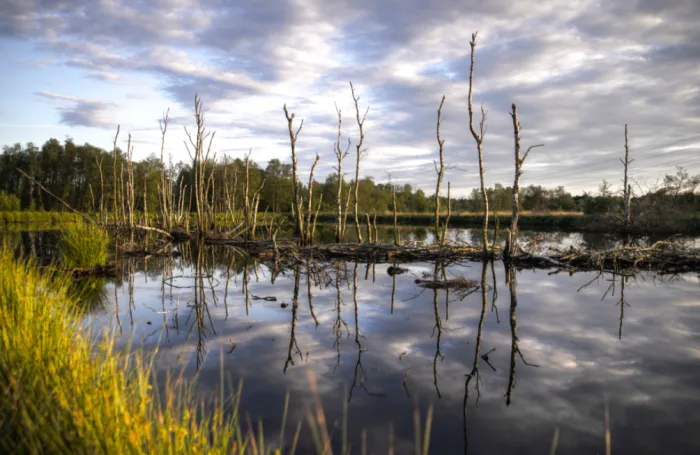
(Pexels)
The idea of managing carbon in the coastal ecosystems is called blue carbon or coastal blue carbon, Kroeger said, different from carbon found in forests.
A percentage of the CO2 soaked up by plants is stockpiled in their roots and soil. In a wetland, some of it is then moved to and kept in seawater while the remainder is released back into the atmosphere as carbon dioxide again.
"Blue carbon is the idea that perhaps we can manage these ecosystems for carbon storage in the same way we manage forests for that purpose," said Kroeger.
WATCH: Restoring Canada’s wetlands could help alleviate extreme weather impacts
Salt marshes and mangroves will store carbon in their woody tissues or in the soil beneath them, at a very high rate. "They're very productive ecosystems," he said.
"They are really good at storing carbon in the soil. So, salt marshes will build elevation at a rate that's similar to the rate of sea level rise. When it does that, much of that soil is composed of carbon that was previously carbon dioxide in the atmosphere," said Kroeger.
Impacts from acidification are substantial
According to the National Oceanic and Atmospheric Administration (NOAA), ocean acidification is renowned for its osteoporosis-like effects on shellfish, which makes building and maintaining shells difficult for those creatures.
"That same process will happen with say, an oyster shell, if it's exposed to acidic water. It can become lower density and it can become softer. [It] loses function as a shell," said Kroeger.
Acidification also affects other species that play important roles in marine ecosystems, including reef-building corals and pteropods –– tiny snails eaten by numerous species such as fish and whales.
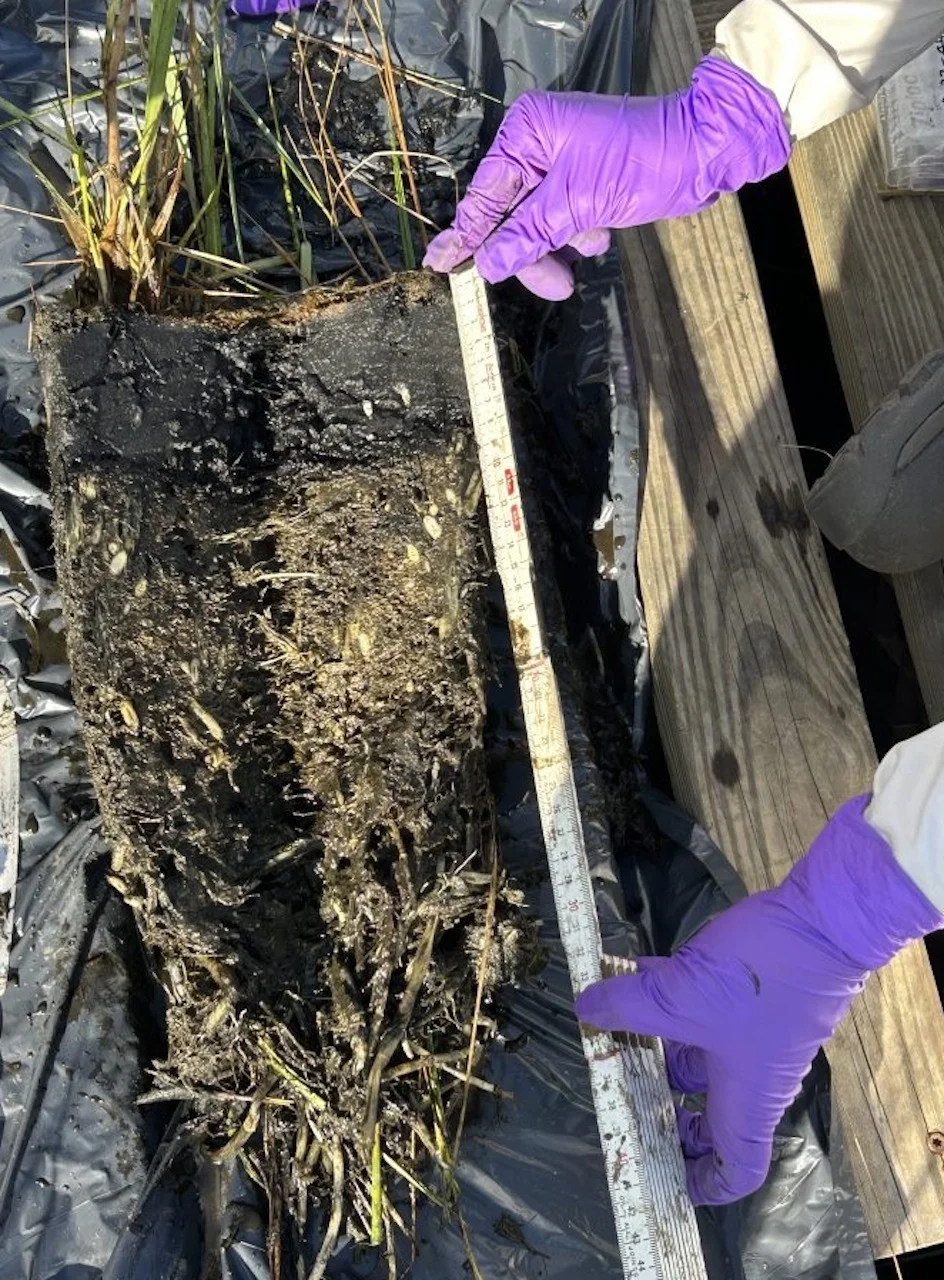
(USGS)
The acidity poses a hefty risk to the productivity of shellfish, including species that are economically important.
"That's a big problem for shell-forming organisms such as shellfish, clams, oysters, etc. Also, for coral reefs. So, it's harder for them to form that calcium carbonate they need to carry out their life cycle under a more acidic condition," said Kroeger.
SEE ALSO: We know very little about our impact on one of Earth's largest ecosystems
The amount of ocean acidification right now is quite problematic. If we don’t find ways to reduce it, it's going to increase over time since we have rising carbon dioxide concentrations in the atmosphere, he said.
"The impacts are global in scale. the entire ocean, wherever the ocean is in contact with the atmosphere, we're going to get a decrease in pH," said Kroeger. "Then, that water that was in contact with the atmosphere will move into deeper layers within the ocean and come into contact with coral reefs and shellfish beds."

(Getty Images)
The impacts don't end there, either. There are calcium-carbonate, shell-forming phytoplankton, as well, which carry out photosynthesis and form the base of many of the food webs in the ocean.
"So, it's a pretty serious problem," said Kroeger.
How long would it take to remove carbon dioxide?
When talking about the amount of time it would take to reverse the quantity of CO2 levels in our atmosphere and oceans, that is a tough question to answer, Kroeger admitted. "It depends on the magnitude at which [removal technology] was deployed."
The key to the carbon dioxide removal technologies is to understand how well they work, how quickly they can operate and how much they can be configured on a large scale to have a significant impact on climate and ocean acidity, he added.
As well, we have to determine whether or not the technologies are safe.
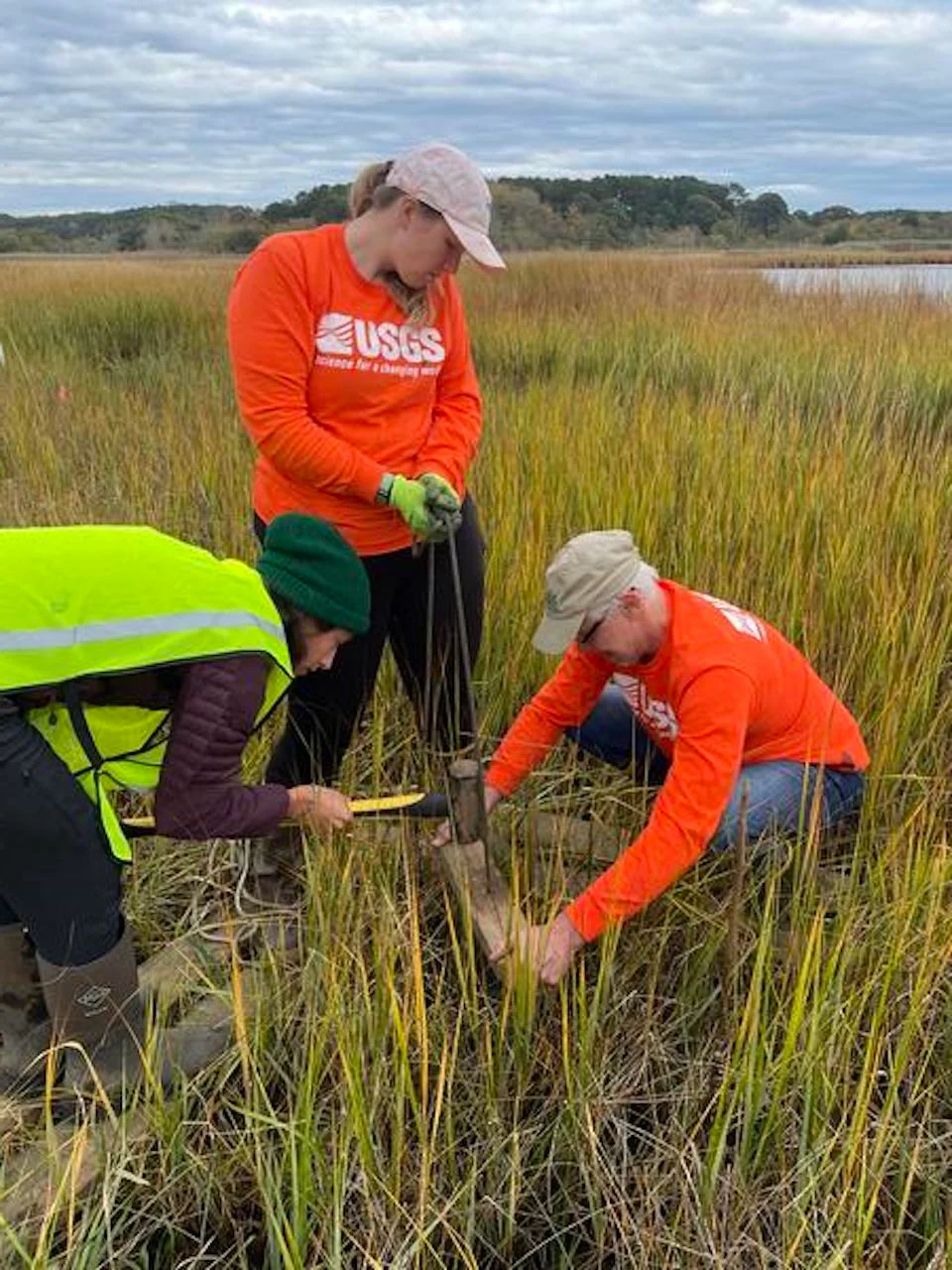
(USGS)
"If you change an ecosystem, there can be lots of different ways that it might have unintended consequences. That's probably not a surprise to anyone," said Kroeger. "So, we're looking at whether or not some low concentrations of metals, for instance, in rock might have an impact on the ecosystem."
The research chemist said the USGS has a "very intensive” program of environmental monitoring to determine what the outcomes are for the ecosystem and for safety.
"So, how can [the carbon dioxide removal technologies] affect ocean acidity? Well, it reduces the acid content in water that's being exported to the ocean. It raises the pH substantially," said Kroeger. "That first will reduce the ocean acidity, depending on the magnitude in which we implement [them]. The bicarbonate itself can absorb protons, and it can absorb acidity, as well, while it's in the ocean."
However, Kroeger pointed out the reaction after distributing the removal technology was "very quick."
"We saw an increase in pH within a day or two of adding it to this environment," he added.
WATCH: Can carbon removal slow climate change? Big tech thinks so
Thumbnail courtesy of Sandra Brosnahan/USGS.
Follow Nathan Howes on the X platform, formerly known as Twitter.









